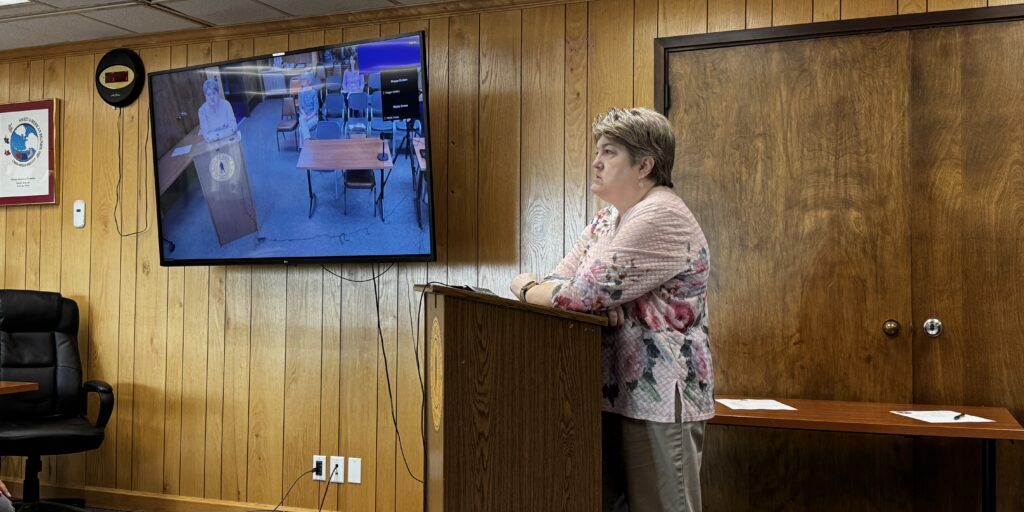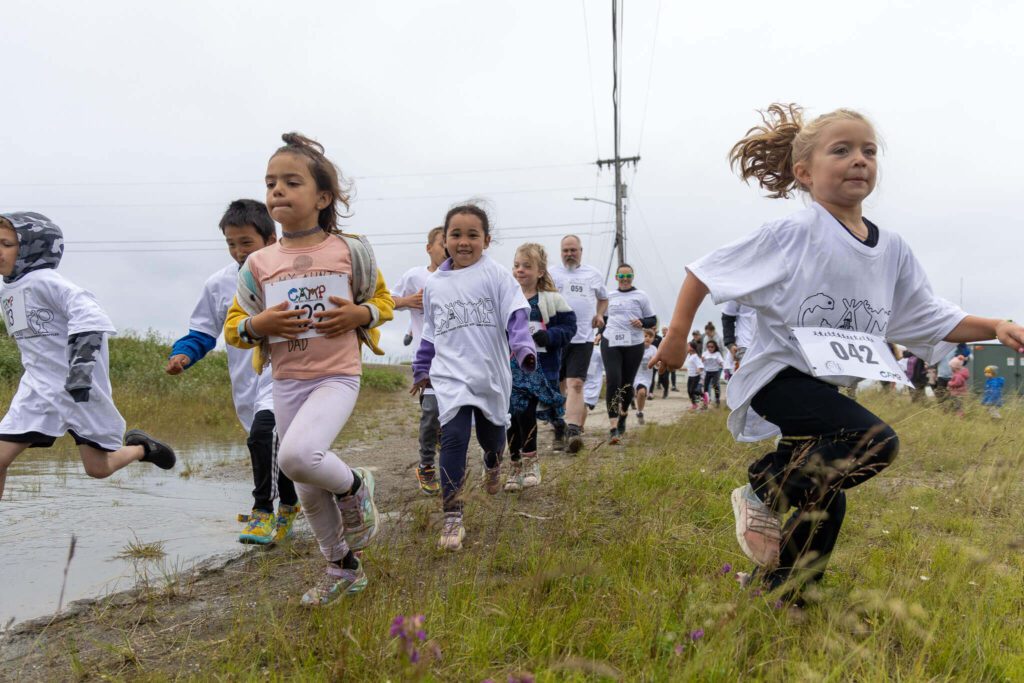(ANCHORAGE, AK) — The 44th Iditarod Trail Sled Dog Race starts Saturday in downtown Anchorage. 85 mushers will drive dog teams for three miles through the center of Alaska’s largest city. This year, the Ceremonial Start route was shortened from its normal 12-mile distance due to severe lack of snow.
According to the most recent trail report, mushers will face a mix of snowless, windblown, drifted, and icy trail following a restart of the race in Willow, roughly 80 miles north.
Mushers drew their bib numbers to determine the race start order during a banquet Thursday night. Scott Janssen, also known as the ‘mushing mortician,’ will be the first of 85 mushers to leave the start line.
Mike Williams, Sr., of Aniak delivered a blessing in Yupik at the race start banquet. He also offered some advice. “So, you have to take care of yourself, stay hydrated, and sleep,” he told the crowd.
The 62 year-old says that advice came from two well-known Alaska Native elders he bumped into along the trail when he first started racing dogs in the Iditarod.
“That was the best advice from Sydney Huntington when I was in Galena. They told me to get some sleep, and that was the best advice,” he reminisced.
Williams, Sr., won’t be driving a team in this year’s 1000-mile race across Alaska, but he helped train the dogs for the team his son, Mike Williams, Jr., will drive.
“I’ll try to get to Nome the best that I could and to the best of my dogs’ abilities,” said Williams, Jr. “Who knows, maybe I could do a lot better than I think.”
Williams, Jr., says he’s not sure he put in enough training miles with his dogs. He’s also a little concerned about the trail report. According to the race committee, it’s a little rough — in places snow free, in others windblown. There’s glare ice, rocks, some unusually large chunks of ice through the gorge and deep and drifted snow in the mountains. But none of that fazes Kristin Knight Pace.
“When I worked for the parks service, we would go do month-long patrols with six or seven dogs and go along bare ice, river rocks, gravel, and game trails through the woods,” she said.
Mushers can leave the start line with up to 16 dogs. Pace said she has a plan for all of them, if trail conditions take a turn for the worse.
“I’m probably going to drop down to the core ten dogs on my team and look at them and be like ‘Ok guys, we’re going to Nome.’ Ten dogs is more than enough,” said Knight-Pace.
Competition in this year’s race is as stiff as ever, with six returning champions, finishers and more than twice as many vying to place at least that high.
“It’s a lot of good teams this year,” said Joar Ulsom, “So I’ll be happy to be in the top ten again. That would be awesome,” he said.
Ulsom is among a handful of Norwegian mushers who make up ten percent of this year’s field. Ulsom has finished in the top seven the last three consecutive years.
“If all things go the right way and all that, I think we could be up there,” he said.
Back again for his tenth Iditarod is defending champion Dallas Seavey.
“We’ve done everything we can now,” said Seavey. “What happens in the next nine days will shake out. I think it’s a team that can certainly win. I’m more hopeful than I have ever been at this point.”
But Seavey’s competitors are hungry, perhaps most notably Brent Sass. The Eureka musher has only completed the race twice. In the last two years, an accident resulting in a minor head injury and an oversight resulting in disqualification kept him from crossing under the burled arch at the finish line.
“It’s been two years since I made it there,” Sass said. “After the accident, I couldn’t race, and then last year’s debacle, and so getting to Nome fast and getting to Nome number one is the goal.”
Inside the giant banquet hall, Alaskan singer-songwriter Hobo Jim serenaded mushers as they cleaned their dinner plates of steak, potatoes, and chocolate cake – a hearty meal for a bunch that’s about to embark on a 1,000 mile adventure over the Alaska Range, through the Interior’s thick boreal forest, and out along the sea ice to Nome.







